The CPI(M)-led Left Democratic Front (LDF) government of Kerala has inaugurated 12,250 study rooms constructed using government funds at the houses of Scheduled Caste students who did not have adequate facilities to study at home. Along with these, another 250 community study rooms for Scheduled Tribe students were also opened on Saturday, 20 September 2020 at an online ceremony.
The ceremony was presided over by AK Balan, Minister for SC/ST Development, and the study rooms were inaugurated by Chief Minister Pinarayi Vijayan.
The Padana Muri (Study Room) project was launched in 2017-18 considering the difficulties faced by students belonging to marginalised communities due to insufficient space and facilities at their houses.
The need to improve material conditions
Communist-led land reforms which led to 28 lakh tenant farmers gaining ownership of land and 5.28 lakh agricultural workers in Kerala gaining homestead land had contributed to hitherto deprived communities experiencing some upward mobility. The increased purchasing power and bargaining power helped many of them to send their children to schools as well, instead of drawing in all the time of the children into work necessary to sustain the family.
But the extent of land that the Dalit and Adivasi communities gained due to land reforms was relatively less. The Congress-PSP government of 1960-1962 and the Congress-led government of 1962-1964 had watered down the land reforms legislation passed by the communist ministry of 1957-1959. Lakhs of acres of ceiling-surplus land were lost due to such dilutions, which allowed landlords and big landowners to transfer their surplus land to their benamis. The result was that the surplus land that was available for distribution to the landless came down drastically.
All these meant that the benefits that Dalits could reap out of land reform measures were substantially less than what they could have been. Unsurprisingly, Dalits have the lowest per household land ownership in the state. Both Dalits and Adivasis have smaller houses on average, with relatively lower percentages of livable homes. The average number of rooms in SC/ST homes is also the lowest.
If material conditions – such as Dalits not being allowed to own land – have been historically among the most important underpinnings of caste oppression, continued material deprivation has contributed to the advancement of marginalised communities being curtailed. Inadequate access to assets and resources put brakes on educational advances. Visible economic deprivation contributes to the social exclusion of marginalised communities in a society where class is an important matrix for interactions among people. Therefore, transforming the material conditions of historically oppressed communities is as much a part of the struggle against caste as ideological battles.
Study Rooms for SC students
The initiatives of the Left Democratic Front government assume significance in this regard. The building of study rooms is meant to improve educational standards among SC/ST students, and to address the problem of students dropping out of schools.
“For various reasons, students belonging to SC/ST communities were falling back and dropping out. How to solve this was something we thought about, and we have implemented many schemes. The Study Room project is the most important of these,” Chief Minister Pinarayi Vijayan said during his speech on Saturday.
“Many SC families have homes with just one room each, and students find it difficult to study in such an atmosphere. Thousands of such students will now find it possible to have their own rooms to study,” said Minister AK Balan.
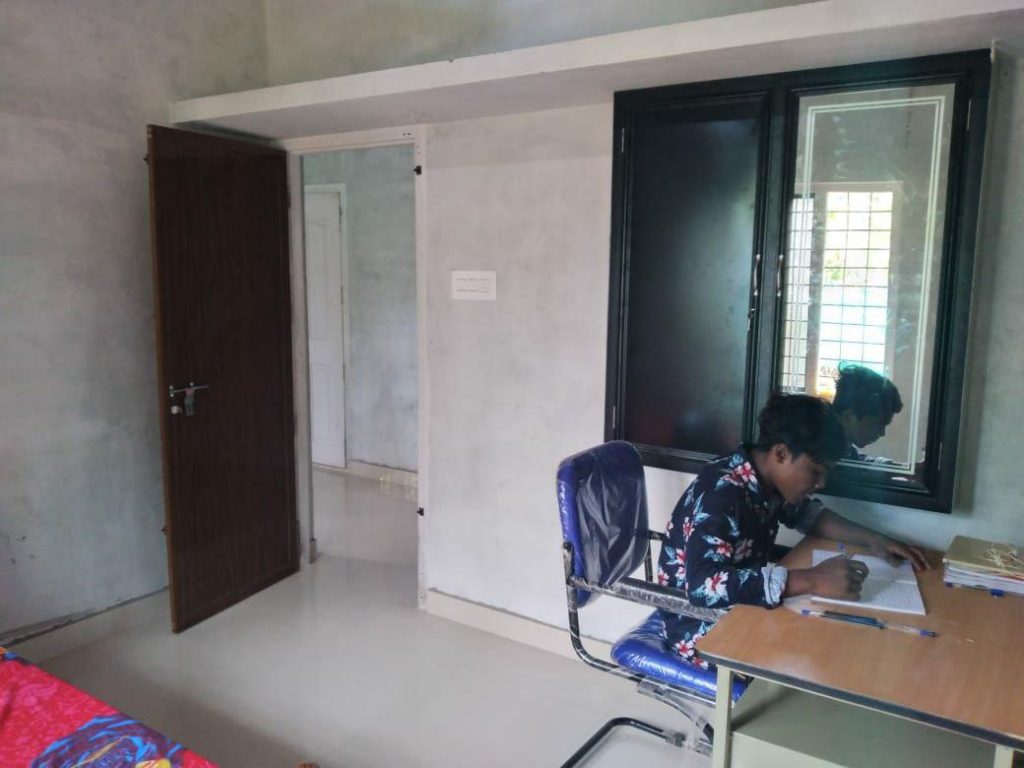
Study rooms have been constructed as part of the houses of 12,250 SC students in the state, with the state government providing Rs. 2 lakh to each household for the purpose. The size of each study room is 120 square feet. The construction of 48 rooms were completed in the year 2017-18. Another 5,217 were completed in 2019-20, and 4,828 in 2020-21.
The government expects to complete the construction of 8,500 more study rooms by early 2021. The financial assistance has been provided to 16,000 families so far, the Chief Minister said. This aid is being provided to SC students studying in Standards VIII to XII in the state’s government, government-aided, special, and technical schools. It was the first phase of the project which was inaugurated on Saturday.
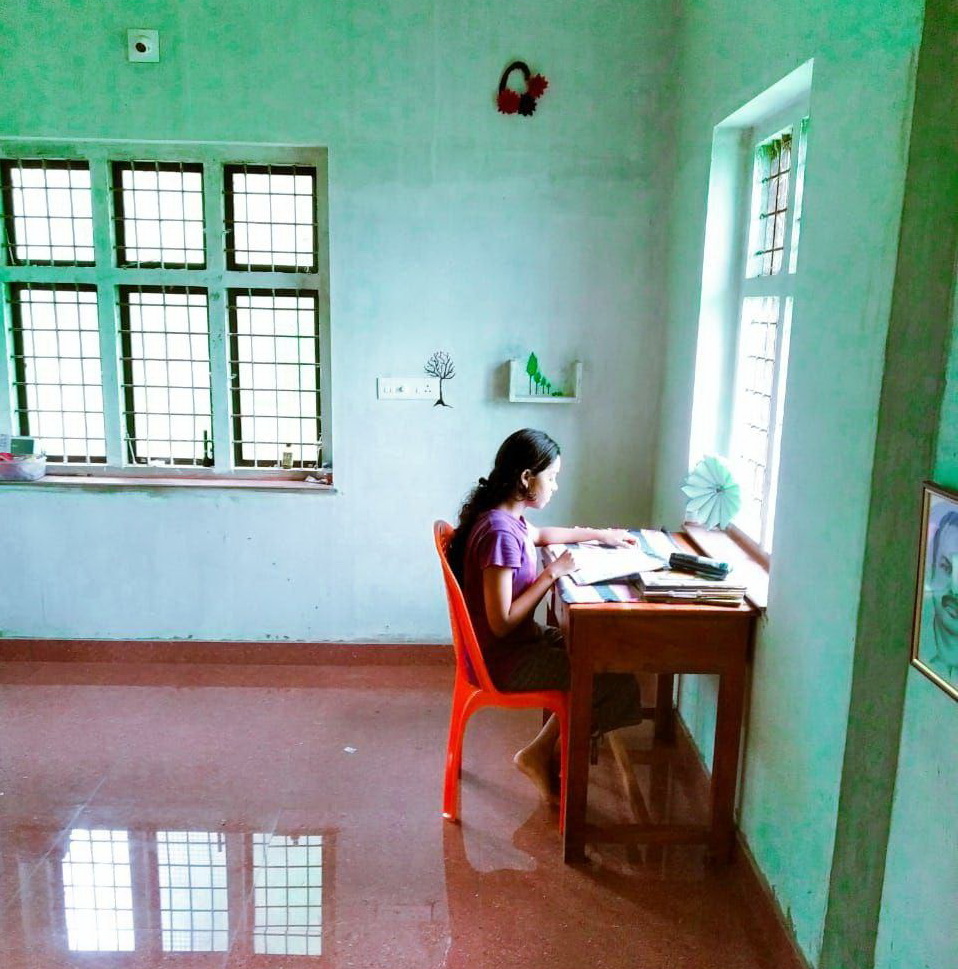
Efforts are on to provide facilities such as internet and computer at the study rooms, with local self-government institutions taking the lead and with people’s participation. The local bodies are also responsible for preparing the list of beneficiaries of the Study Room project.
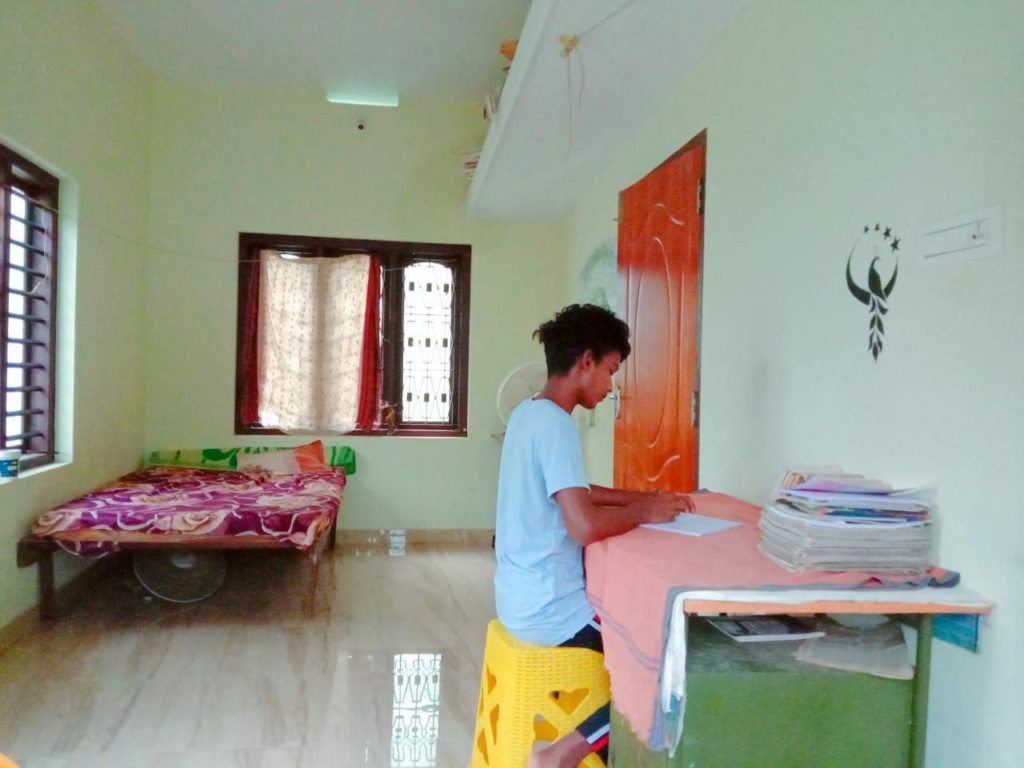
Community Study Rooms for ST students
Apart from the 12,250 study rooms for SC students, 250 community study rooms (Saamoohya Padana Muri) have also been set up for Scheduled Tribe students. These are located in the Adivasi hamlets (ooru) in all 14 districts in the state. Community halls or similar other facilities were identified in the tribal hamlets, and study rooms were set up there. Each community study room gets two desktop computers, UPS, white board, LED monitor, LED display, computer table, and study tables with chairs. Books that students require are also provided there. Students also receive snacks at the study rooms. Thirty students can study in one community study room.
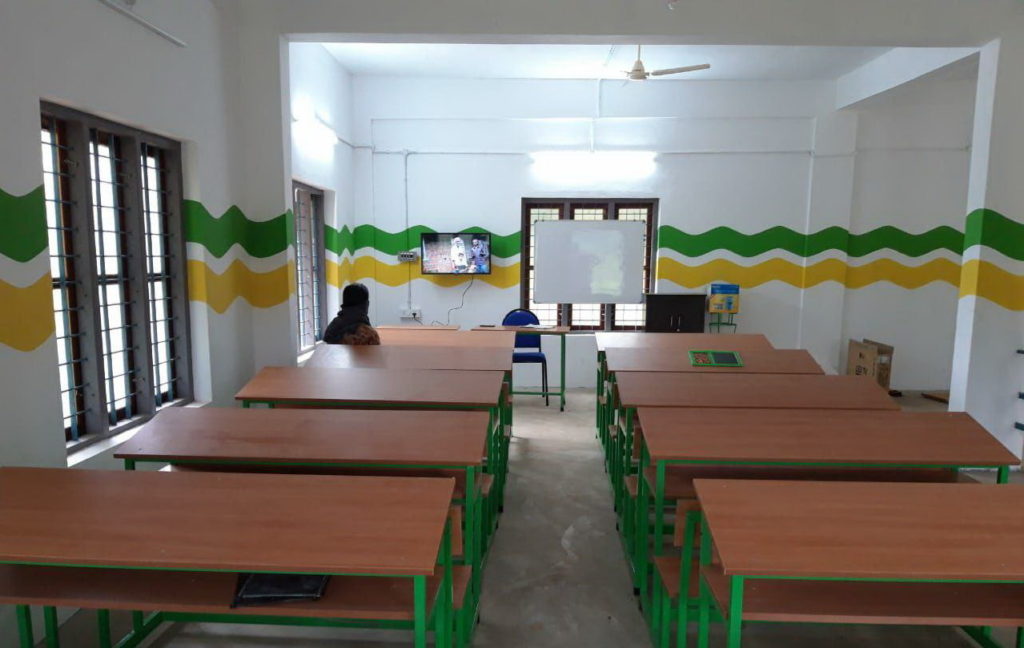
Educated Adivasi youth have been appointed as facilitators in these community study rooms. They identify and bring students from the hamlet to the study room, provide special tuition to the students, and solve their doubts. Rs. 3.25 lakh per year has been allocated for the upkeep of each community study room. The construction of another 250 community study rooms has been started.
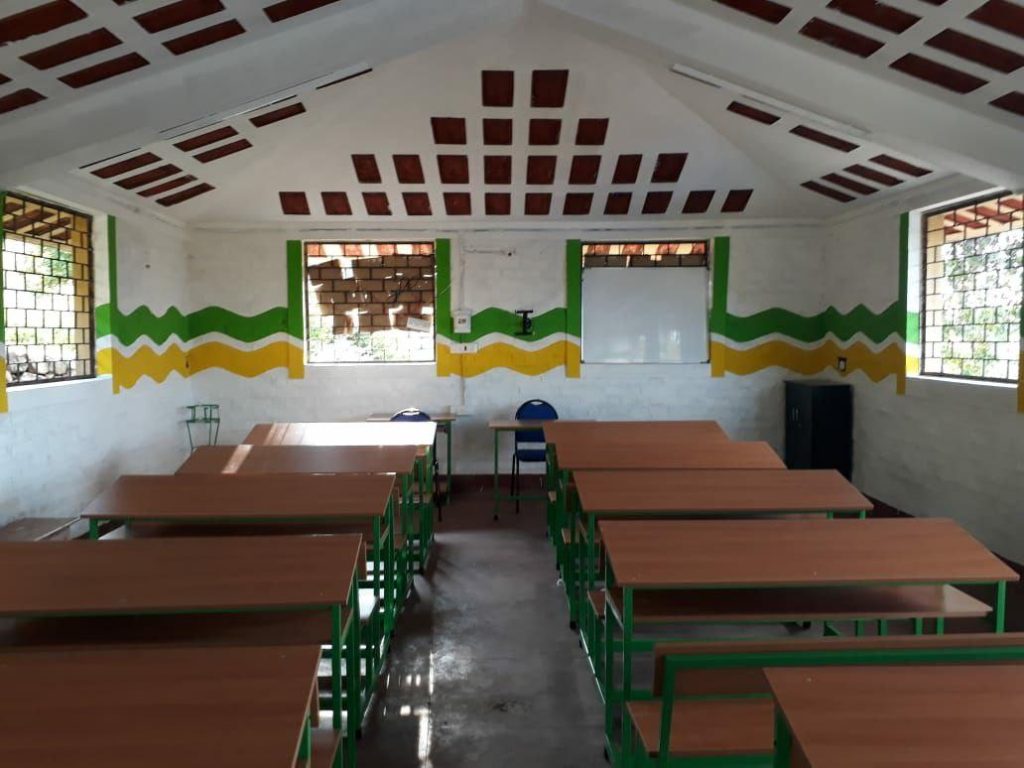
So far 7,392 ST students have been making use of the community study rooms. Apart from students, educated Adivasi youth also find employment in the study rooms as facilitators.
Out of Kerala’s population of about 3.48 crore, the Scheduled Castes are estimated to constitute 9.10 percent, while the Scheduled Tribes are estimated to constitute 1.45 percent.
The Study Room project has already led to a great deal of improvement in the success rate of SC/ST students in Std. X and Std. XII examinations, the Chief Minister said.
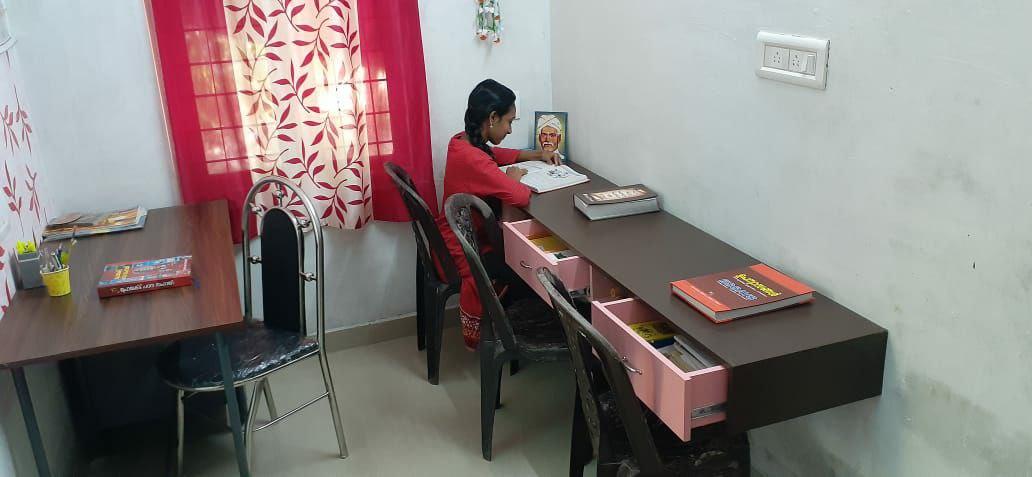
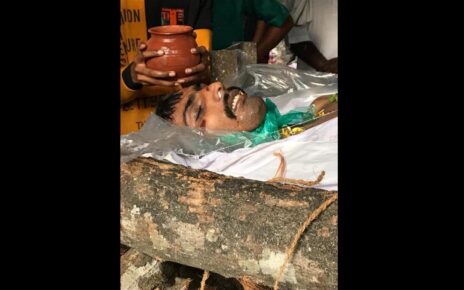
Regarding Padanamuri, 25000 is the target. I6500 has already been sanctioned. Out of this, 12500 is complete. 8500 is again sanctioned in 2020-21.
Same way, 500 is the target in Samooha Padanamuri. 250 already in operation.
Great effort
Fantastic effort. This is the only model that can bring social and economic equity to share political space.
In fact an all India model through appropriate fiscal focus I. e, taxing top ten crore population for two years to finance the minimum living requirements of botom 10 crores will create the required demand factor… And make a huge step forward towards equity